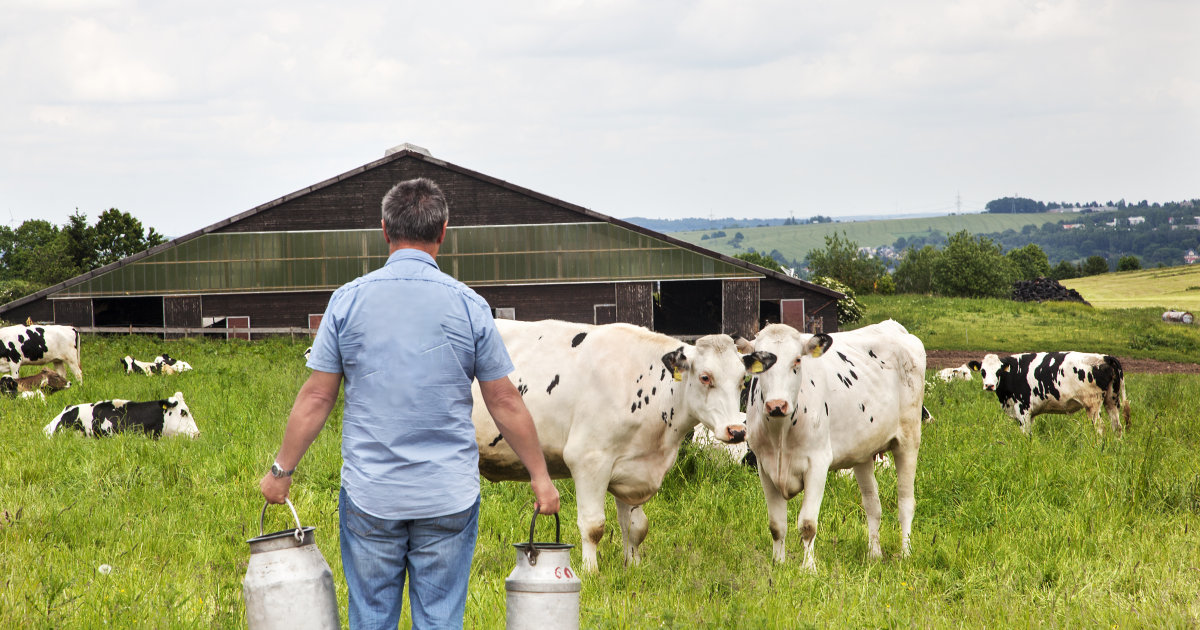Risk Factors And Complications Of Trichinosis
Trichinosis, also called trichinellosis, is a type of parasitic infection caused by a species of roundworms known as Trichinella. These roundworms are carried by animals that are carnivores, including pigs, bears, boars, and foxes. Mild cases of trichinosis may not produce any symptoms. If symptoms do occur, the first ones are likely to be abdominal pain, diarrhea, nausea, vomiting, and fatigue. These often begin within one to two days of infection, and after a week of infection, more advanced symptoms such as a high fever, muscle pain, headaches, and sensitivity to light may develop. Some patients could also experience swelling of the face and eyelids and conjunctivitis. To diagnose trichinosis, a blood test is normally all that is needed. Sometimes, a muscle biopsy may be useful as well. Treatment includes anti-parasitic medication and pain relievers, and some patients may also need corticosteroids.
The major risk factors and potential complications associated with trichinosis are outlined below.
Time In Rural Areas
Patients who spend time in rural areas are known to be at an elevated risk of trichinosis, and the disease is more prevalent in rural communities. Rural areas tend to be agricultural, and numerous hog-farming operations may be located in these areas. In particular, patients who work in the hog farming industry are at an elevated risk for trichinosis because the parasite is most commonly found in pigs. To decrease the risk of trichinosis, individuals who work in hog farming or other livestock industries are encouraged to follow all workplace safety precautions. Those who live in rural areas with large bear and wild boar populations are advised to avoid eating bear and boar meat as these carry a high risk of a trichinosis infection.
Keep reading to reveal more risk factors for trichinosis now.
Compromised Preparation Of Food

The compromised preparation of food is one of the leading causes of trichinosis. To prepare food properly, experts recommend the use of a food thermometer when cooking meat. It is especially important to cook meat to the proper temperature; the cooking process kills the parasite that causes trichinosis. Poultry should be cooked to a minimum of 165 degrees Fahrenheit, and wild game and ground meat need to be cooked to a temperature of at least 160 degrees Fahrenheit. Whole cuts of meat should be cooked to at least 145 degrees Fahrenheit. In addition to cooking food to a safe temperature, it is important to clean all meat grinders properly after use. Patients should know freezing wild game may not be sufficient to kill Trichinella, and smoking, drying, salting, and microwaving meat does not kill the parasite. In fact, homemade sausage and jerky has been the main cause of trichinosis in recent years. However, experts note freezing pork in sections less than six inches thick for a period of at least twenty days can effectively kill Trichinella; for this to work, the pork must be frozen at a temperature of no more than five degrees Fahrenheit. After preparing raw meat, patients should always wash their hands with warm, soapy water for at least twenty seconds, and any cutting boards or other kitchen areas that came into contact with the meat should be thoroughly cleaned and disinfected as well.
Uncover more details on the risk factors linked to trichinosis now.
